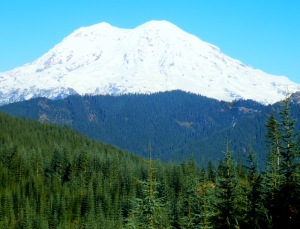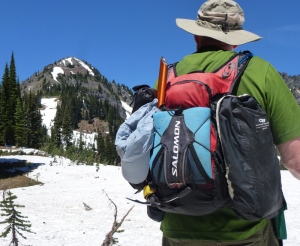 Guess what, 5 years later I am on another generation of backcountry tech devices. Back then, I was carrying a Spot Connect satellite communicator, a Samsung Galaxy III smart phone and a Garmin Oregon 400 handheld GPS. I still carry the same 3 functions, but now it’s a new Garmin InReach Mini, a Galaxy 7, and an Oregon 600. And, no surprise, they are better. The GPS and smartphone were replaced as they died or aged. The new Garmin satellite communicator just out performed the competition.
Guess what, 5 years later I am on another generation of backcountry tech devices. Back then, I was carrying a Spot Connect satellite communicator, a Samsung Galaxy III smart phone and a Garmin Oregon 400 handheld GPS. I still carry the same 3 functions, but now it’s a new Garmin InReach Mini, a Galaxy 7, and an Oregon 600. And, no surprise, they are better. The GPS and smartphone were replaced as they died or aged. The new Garmin satellite communicator just out performed the competition.
Garmin InReach Mini
The InReach Mini gives me two way SMS communication, which is the new standard for backcountry satellite devices. Emergency notification with location (“calling in the cavalry”) was the first popular backcountry satellite application and still remains an important, if hopefully infrequently used, function. Now having been on the receiving end of one of these contacts, I can say that it is useful, but still leaves lots of room for confusion. Being able to confirm and detail the nature of the emergency and have two way communication with responders makes life better and safer for all concerned. Expanding that two way capability to ordinary messaging offers a new level of utility. Both current SPOT and Garmin InReach devices do this. For higher annual subscription costs, you can also add connection to social media and location tracking. But I am quite happy with a basic level plan. Compared to the SPOT X communicator, the InReach Mini is a hands down winner and when my annual SPOT contract was up, I switched. Continue reading



